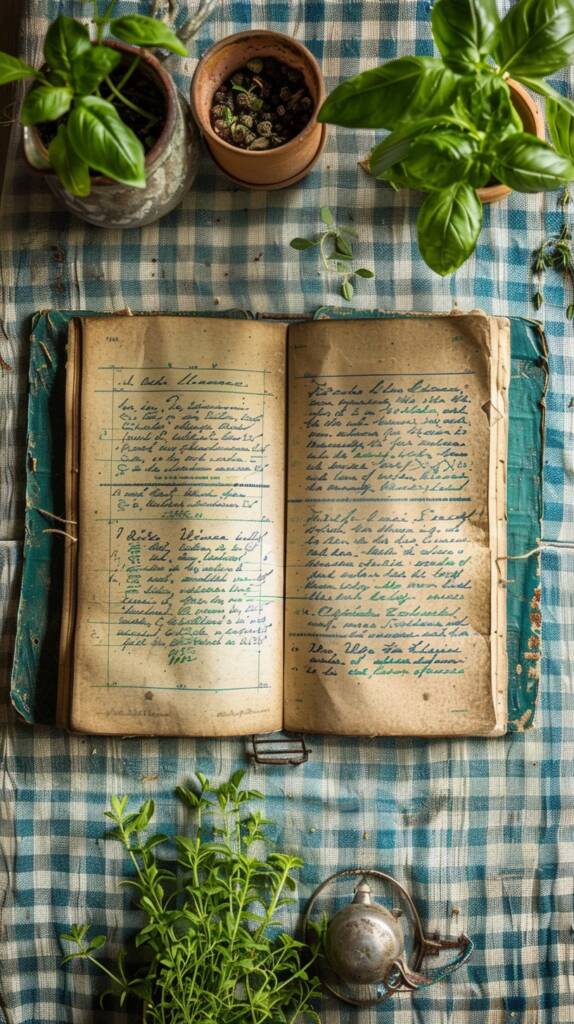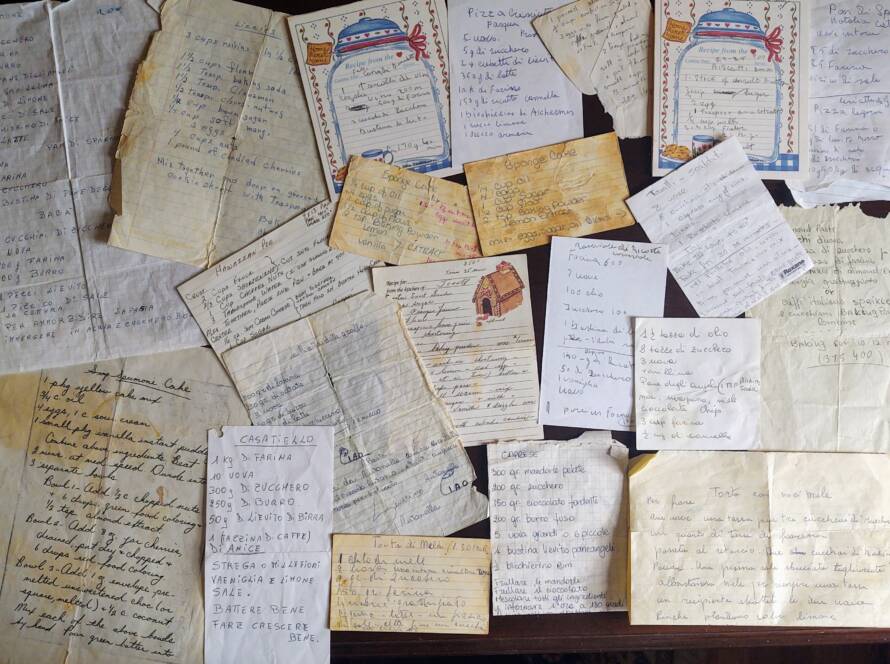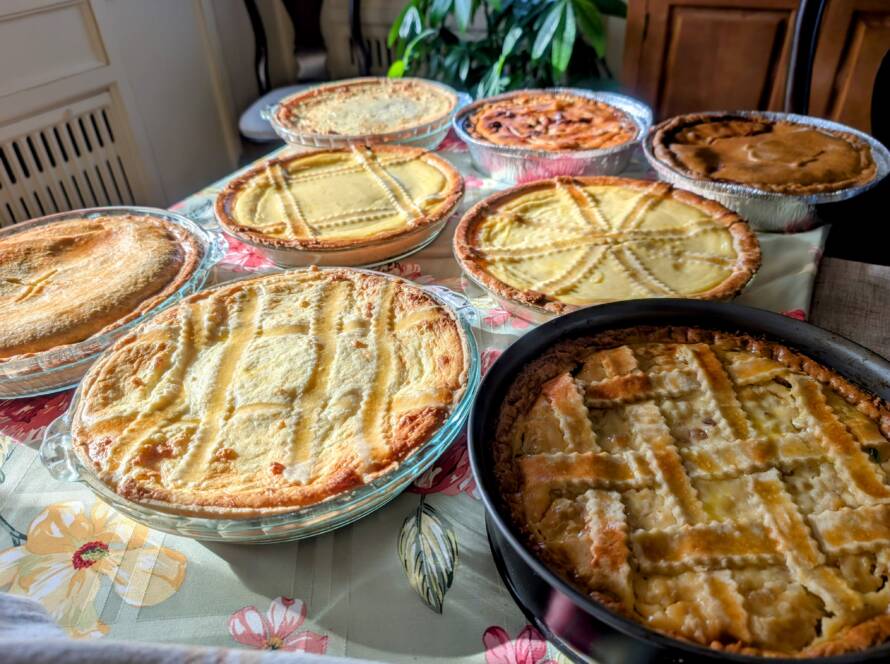The Forgotten Ingredients
There is a quiet rhythm to early spring.
The earth, still drowsy from winter, as it begins to wake. The scent of damp soil mingles with budding greens. It is a time of preparation, of anticipation, and—if you are listening carefully—a time of remembrance.
This season doesn’t just signal rebirth in the garden. For many of us, it opens the door to old kitchens and older memories. The weeks of early spring call forth the ancient traditions of Passover, Easter, and Ramadan; each layered with the sacred weight of rituals kept for centuries. These are not holidays born from modernity. They are the echo of long tables set with centerpieces handed down, of hands that gently washed herbs, cracked eggs and ground spices not for convenience, but for meaning.
And yet… something has been lost.
We live in a time of abundance and irony, where supermarkets overflow but true ingredients have disappeared. I am not speaking of salt or flour or lamb or lentils. I speak of the ingredients that cannot be barcoded, the heirloom seeds, the ancient grains, the hand-rolled matzo, the unfiltered olive oil pressed in a grandmother’s backyard. The things that taste of history, that bring tears to your eyes not from onions, but from the overwhelming feeling of home.
These are the forgotten ingredients, and they matter more than we realize.
Because every time we substitute or simplify or speed through a recipe born in struggle and reverence, we lose a thread in the fabric of our cultural memory.
And every time we choose to cook with intention, to soak the chickpeas, to braise the lamb shank slowly with bone and marrow, to fold the dough exactly how our ancestors did, we restore that fabric, stitch by stitch.
This is not nostalgia. This is resistance.
It is the daily act of preservation.
It is what Whispered Recipes was made for.
We are not just a place for ingredients and measurements. We are a place to remember. To record. To revive.
As spring stretches into sunlight, we invite you to cook with history. Let this be the season where you look backward in order to move forward. Dust off the family recipes written in fading ink. Call your elders and ask them about that dish; yes, the one you loved but never learned to make. Seek out the farmer who still grows fava beans the old way. Ask your butcher for cuts that don’t come pre-trimmed and shrink-wrapped. Visit the baker who speaks in sourdough.
Because the truth is: ingredients carry memory.

We forget them, and we forget who we are.
We cook them, and we bring our ancestors to the table.
This spring, use Whispered Recipes to preserve the forgotten. Upload your grandmother’s beef barley stew. Record a voice note of your grandmother describing how she used to pickle eggplant for family, friends, and loved ones. Add a photo of your aunt’s grain pie, cooling on the table. Scan the stained card with the charoset recipe from 1936, written by a great-grandmother who cooked by instinct, not timer.
Every post is an offering.
Every shared dish is a prayer.
Every memory is a resurrection.
This is not just about food.
This is about time travel. About giving your children something real to inherit. About honoring the flavors that formed you and passing them forward like the best kind of inheritance: made by hand, flavored by love, impossible to counterfeit.
Because, dear reader, there is no app that can recreate your mother’s knotted challah from scratch; but there is one that can preserve it forever.
Whispered Recipes is more than digital storage. It is a living, breathing table set across generations. One where you can bring your story. Your history. Your forgotten ingredients.
And when we cook together this way—farmers, chefs, families, bakers, elders—we do more than prepare meals.
We keep traditions alive.
We become tradition.





